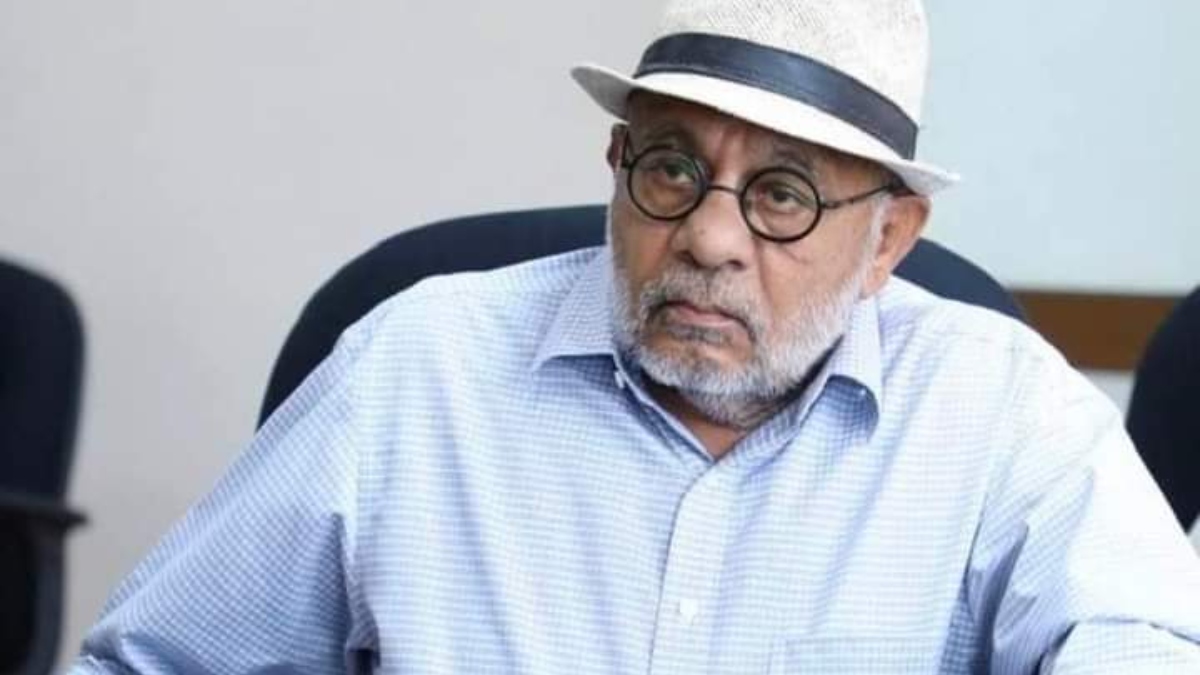Every year, the Government of Jamaica spends millions of tax dollars on road repairs, especially potholes whose lifespan lies between rainfalls. These financial losses are often caused from a lack of knowledge involving science, mathematics, and the art of fixing potholes. Potholes are a common problem on roads worldwide, and especially here in Jamaica, resulting from the wear and tear caused by traffic and weather conditions.
Fixing potholes, however, is more than just filling a hole in the ground – it’s a blend of scientific knowledge and practical techniques that ensure durability and safety. FORMATION OF POTHOLES Understanding pothole formation is crucial. They typically start when water seeps into small cracks in the road surface.

In tropical/dry tropical maritime climates that Jamaica falls under, the asphalt can soften and become more pliable, making it susceptible to damage from heavy traffic. The intense heat can cause the asphalt to expand and contract, leading to cracks and, eventually, potholes, as vehicles drive over these weakened spots. Some of the common factors that contribute to pothole formation are wear and tear, poor drainage, improper road maintenance, use of substandard materials, and extreme weather conditions.
SCIENCE OF REPAIR The science behind fixing potholes lies in materials and methods used to ensure longevity. Common materials include: 1. Hot mix asphalt: Preferred for permanent repairs.
This asphalt is heated to a high temperature before application, allowing it to bond strongly with the existing road material, providing a more durable solution. 2. Polymer-modified asphalt: Enhances the properties of traditional asphalt with polymers, offering greater flexibility and resistance to temperature changes, making the repair more durable.
MATHEMATICS OF REPAIR Believe it or not, mathematics plays a crucial role in the process of fixing potholes. Here are some ways it is applied: a. Estimation and Budgeting: To determine the amount of material needed, workers calculate the volume of each pothole.
They measure its length, width, and depth and use these dimensions to compute the volume using the formula for the volume of a prism (V = l × w × h). Cost Estimation: Budget calculations involve estimating costs based on the volume of the pothole, the cost of materials, and labour. b.
Geometry: Understanding the irregular shapes of potholes requires geometry to more accurately measure and fill them. Geometric principles help in creating templates or using digital tools to measure these shapes precisely. Slope and grade calculations: Ensuring that water flows off the road correctly involves calculating the proper slope or grade of the surface, typically using trigonometric functions and principles of geometry.
c. Material Science: Mathematics helps in analysing the appropriate size distribution of the aggregate to ensure durability and proper compaction. Thermal expansion: Understanding how materials expand and contract with temperature involves mathematical formulas and principles.
d. Statistical Analysis: Statistics are used to analyse data about pothole occurrences, failure rates, and lifespan of repairs. This data can inform maintenance schedules and resource allocation.
Probability and predictive models: Probabilistic methods and models help in predicting the likelihood of pothole formations and the effectiveness of different repair strategies. e. Operation Research: Techniques from operational research are used to optimise the routing of repair crews, the allocation of resources, and scheduling to minimise disruption and costs while maximising efficiency.
f. Computer Modelling: Finite Element Analysis (FEA): Used for simulating and understanding stresses and strains around potholes to develop better repair materials and methods. Simulation tools: Software tools use complex mathematical models to simulate different scenarios and outcomes for pothole repairs.
Mathematics ensures that pothole repair is done efficiently, effectively, and economically. From basic arithmetic to advanced computer modelling, math is indispensable in road maintenance and repair. REPAIR TECHNIQUES The process of repairing potholes combines both science and craftsmanship: Preparation: The affected area is cleaned thoroughly to remove debris, water, and loose material.
This ensures that the new material adheres properly. Cutting and shaping: For a more permanent fix, the pothole edges may be cut to create a square or rectangular shape, providing a clean edge for the new asphalt to bond. Applying the mix: Hot mix: This involves heating the mix to a specific temperature before placement.
The hot asphalt is poured into the hole, levelled, and compacted using a roller for a smooth finish. Compaction: Proper compaction is crucial in both methods to eliminate air pockets and ensure a solid bond with the existing road material. This step prevents the repaired spot from becoming a future weak point.
ART OF REPAIR The art of repairing potholes lies in the skill and experience of the workers. Ensuring an even application, avoiding contamination, and achieving proper compaction are all essential skills developed over time. Workers must also navigate challenges such as: Weather conditions – Moisture and temperature variations can affect material handling and adherence.
Traffic management – Repairs often need to be completed quickly and efficiently to minimize traffic disruptions. Precision and timing – Especially with hot mix asphalt, timing is crucial to maintain the right temperature for application. Finally, the National Works Agency (NWA) needs to engage in innovations and future trends as advancements in materials science and technology continue to improve pothole repair methods.
Robotics and AI technology are being developed to detect and repair potholes more efficiently, potentially reducing costs and improving quality. The science, mathematics, and art of fixing potholes involve understanding their formation, using the right materials, employing effective techniques, and mastering the practical skills required for durable repairs. While it is a process grounded in scientific principles, the craftsmanship and experience of road workers play a pivotal role in ensuring smooth, safe, and long-lasting road surfaces.
As technology advances, these methods may evolve, promising even better repairs and roadway safety in the future. Dudley McLean II is from Mandeville, Jamaica. He is a graduate of Codrington College, UWI, Cave Hill, Barbados.
Send feedback to [email protected] ..



















